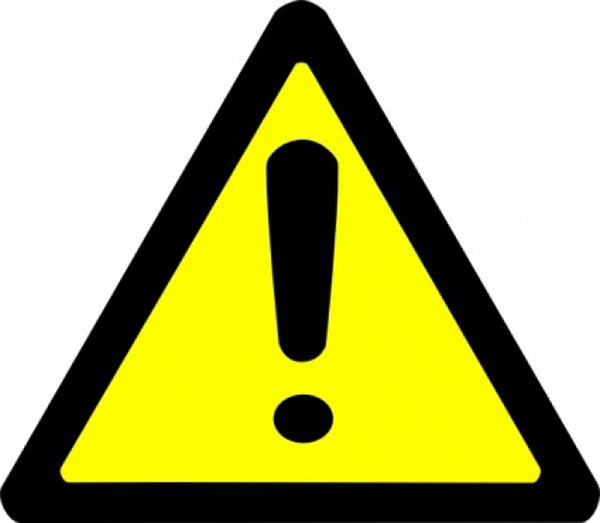10 Ways To Use Timely Follow Up To Position Your Small Business To Win
Customers have high expectations. Gone are the days of transactional sales with faceless individuals who breeze in and out of your stores and on and off your websites. Today’s new normal is all about relationship.
And one of the best ways to establish that relationship is through routine follow-up.
What is follow-up?
Follow-up is not the act of “bugging” people. That’s our excuse for not doing it. Follow-up is being intentional about staying in front of decision makers with a good message.
And it can produce results. For some, it leads to opportunities to upsell. For others, it may help close a deal.
10 Ideas to get you started
- Send an email. Thank them for their time. Re-cap the conversation you had, highlighting key points and summarizing next steps. Note that you’ll reach out to them again on a specific date and be sure to do it.
- Send a handwritten note. Again, thank them for their time. Since space is limited, mention one takeaway from the conversation and when you’ll reach out to them again. Include your business card, even if you know they already have one.
- Make phone calls. Jot down 2-3 things you want to say when you get them on the line so you won’t stumble over your words. Be concise. Don’t ramble. Have solutions ready to combat objections.
- Reach out to them on social platforms. Send a personal invitation to connect on social networks like LinkedIn or whichever platform they’re on. Be involved in their world.
- Mix it up. Don’t limit yourself to just phone and email. Send free samples, articles and books that may seem of interest, invitations to upcoming events, and so on to stay relevant.
- Capture email addresses. If you aren’t doing consistent email marketing, you should be. Determine a frequency that’s manageable for you and stick to it. Include information that informs and educates, and is enjoyable to read. Offer exclusive deals and coupons. Track who’s clicking on what so that you can craft specific emails for them later.
- Continue phone calls, post-sale. Familiarize yourself with the customer’s buying history and call to ask how a specific item is working from them. While you want to mention new services, the intent of the call is to say “thanks.”
- Send mailers. A simple postcard on a birthday or an early invite to preview a new product or service is a pleasant surprise. Most people still get excited about receiving mail so take advantage of this low-cost option.
- Respond to problems right away. For most customers, the fact that there was an issue isn’t what drives them away; it’s how the issue was handled. Resolve issues correctly and swiftly. Check back a short while later to make sure the fire isn’t still smoldering.
And finally, number 10. Keep good records of each interaction. Knowing things like what was done and said at the last meeting or tracking how many calls have been made and on what days not only helps you stay on track, but helps you determine when it’s time to close the file on an individual – guilt free.
Remember this
Follow-up can make all the difference. It doesn’t guarantee the sale or that the customer won’t leave, but it does leave a lasting impression that could pay off down the road.





